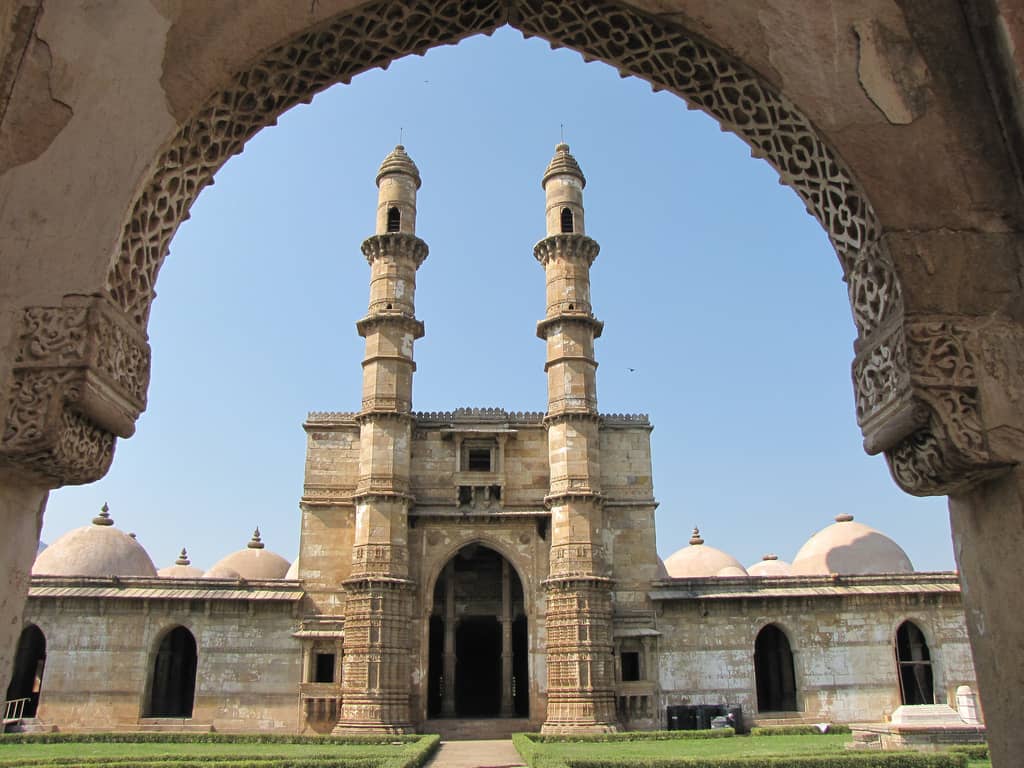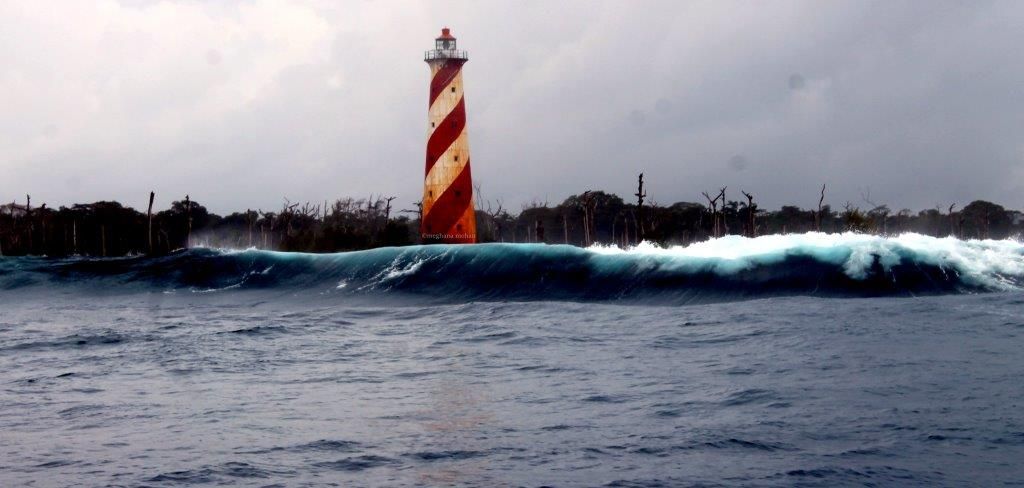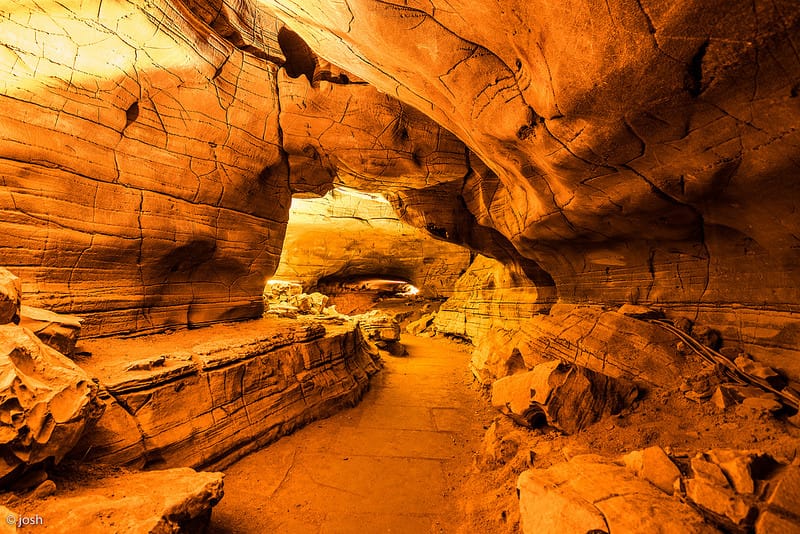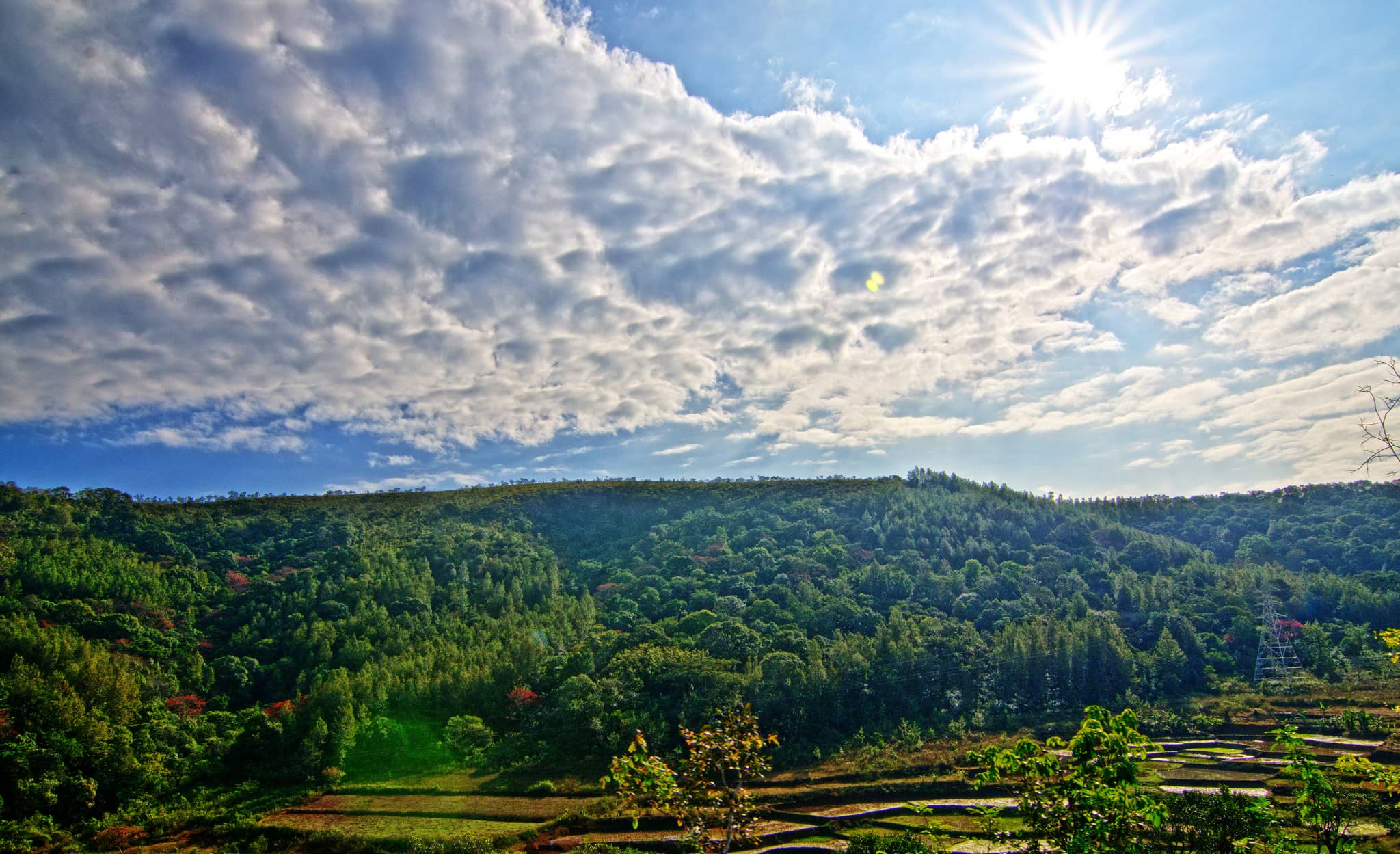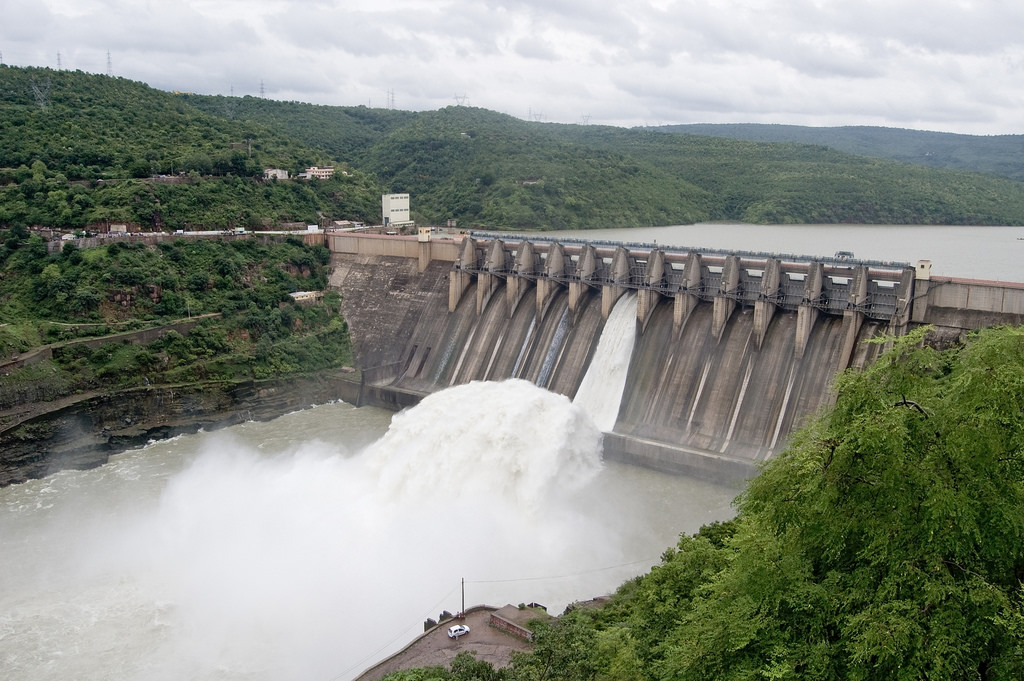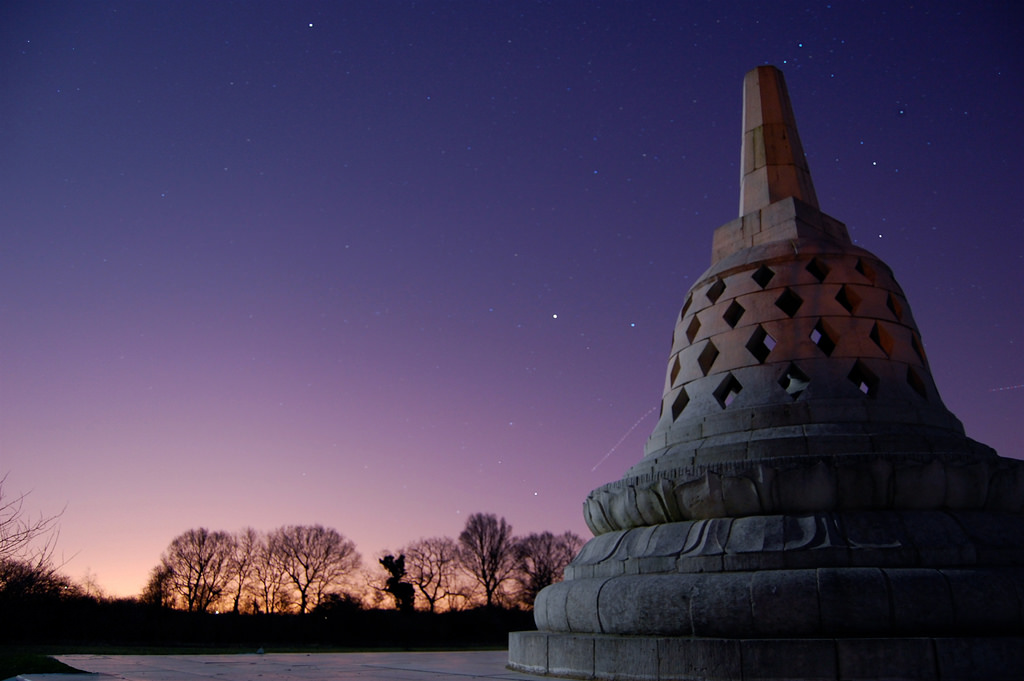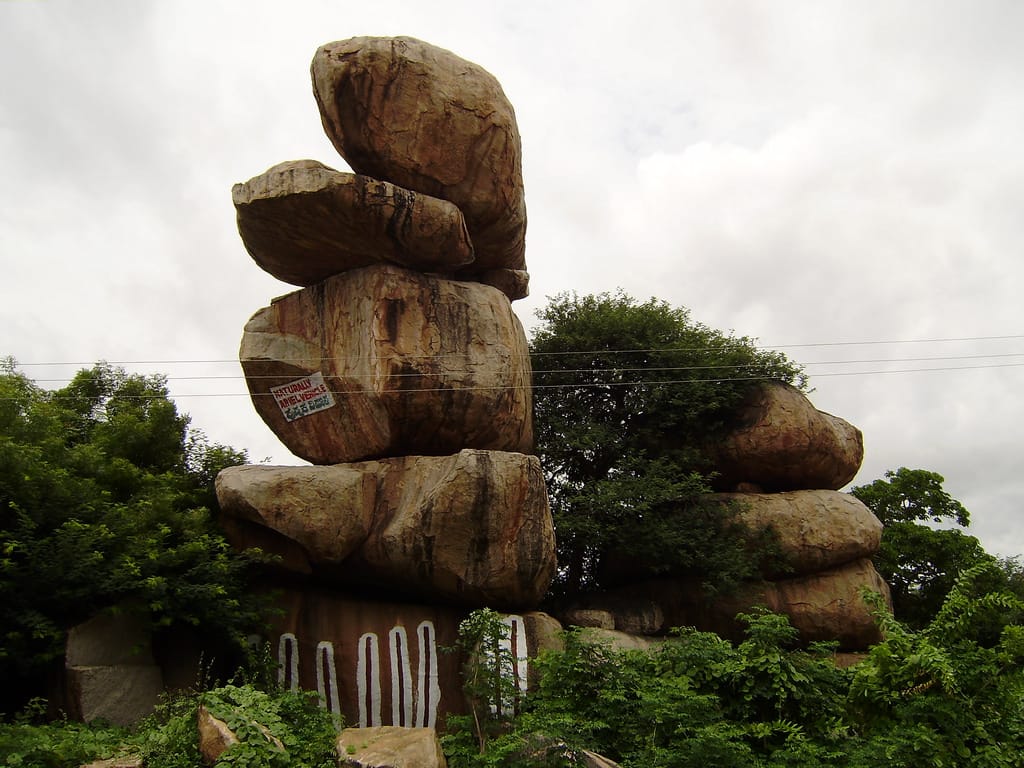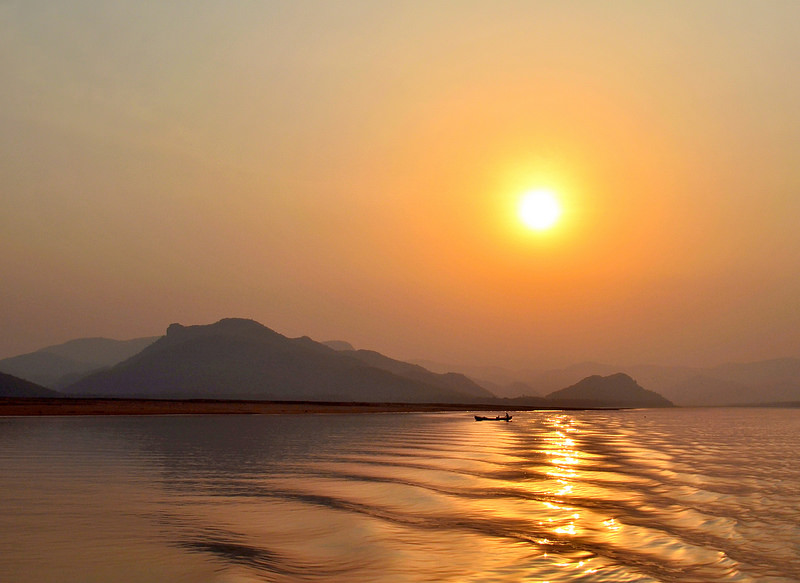Champaner is a historic city in Gujarat, located in the Panchmahal district, about 47 kilometers from Vadodara. It was founded by Vanraj Chavda in the 8th century and later became the capital of the Sultanate of Gujarat under Mahmud Begada in the 15th century.
The city’s history is marked by the capture of Champaner by Sultan Mahmud Begada in 1482, after which he laid siege to the Pavagadh fort. The fort had been the refuge of the last ruler, King Jayasimha, before being taken by Mahmud in 1484. Afterward, Mahmud spent years rebuilding Champaner and renamed it Muhammadabad, making it the new capital of Gujarat, replacing Ahmedabad.
Today, Champaner is known for its rich historical and architectural significance, especially the Pavagadh Hill Fort and its UNESCO World Heritage Sites, showcasing a blend of Hindu and Islamic architecture from the Sultanate era.
places to visit in Champaner
Champaner Pavagadh Archaeological Park
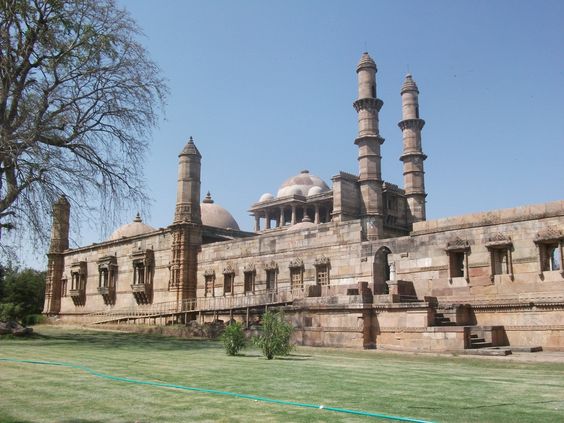
This UNESCO World Heritage Site is located in Gujarat, encompassing the historical city of Champaner and the Pavagadh Hill. The park is known for its rich blend of Hindu and Islamic architecture, featuring temples, mosques, and forts, all dating back to the Sultanate era under Mahmud Begada.
Pavagadh Hill
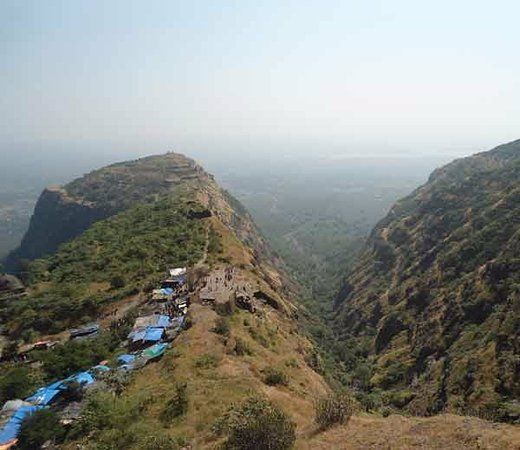
A significant hill located near Champaner, the Pavagadh Hill is famous for its scenic views and historic sites, including Kalika Mata Temple at the summit. The hill was the site of a fort and is also known for its volcanic origin, with the temple complex offering views over the surrounding plain.
Jami Masjid
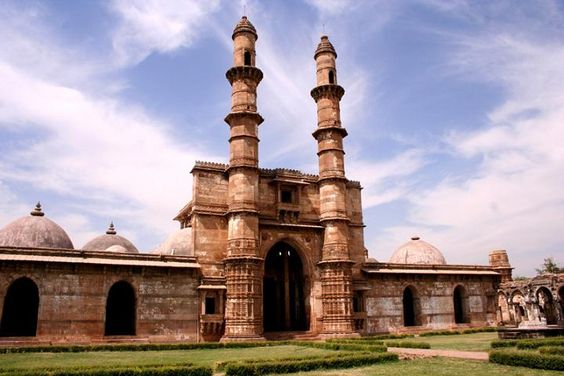
Located in Champaner, the Jami Masjid is one of the standout architectural monuments within the Champaner Pavagadh Archaeological Park. Built by Sultan Mahmud Begada, this mosque showcases unique Indo-Saracenic architecture and is known for its massive dome and ornate carvings.
Kalika Mata Temple
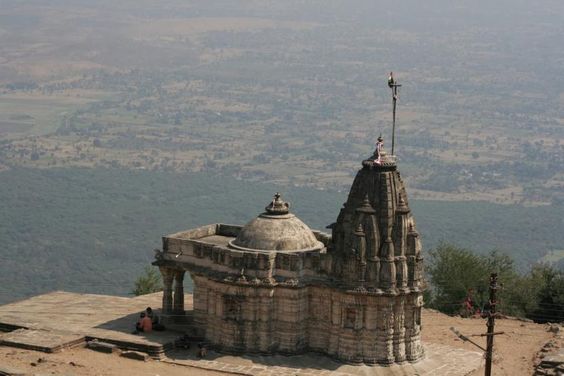
Situated at the summit of Pavagadh Hill, Kalika Mata Temple is an ancient Hindu temple dedicated to Goddess Kalika. It dates back to the 10th or 11th century and remains a significant pilgrimage site. The temple offers spectacular views and is an important religious destination.
Lakulisa Temple
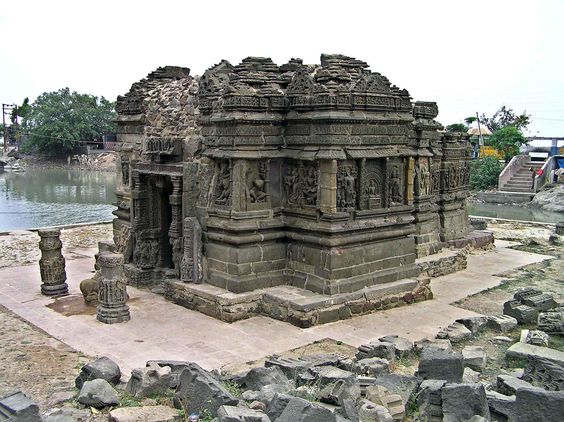
Also located on Pavagadh Hill, the Lakulisa Temple is a 10th-century Hindu temple dedicated to the deity Lakulisa. This temple is known for its architectural beauty and historic significance as a prime example of ancient Indian craftsmanship.
Lila Gumbaj Ki Masjid
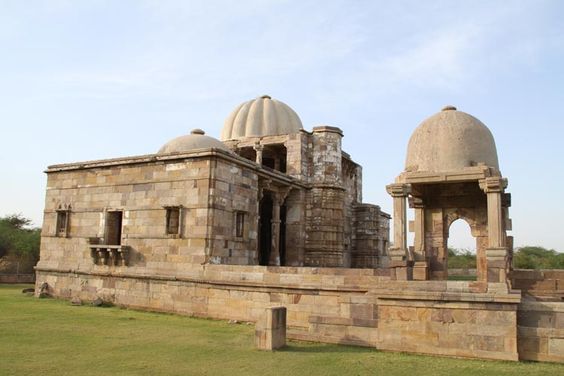
Lila Gumbaj Ki Masjid is another key monument within the Champaner Pavagadh Archaeological Park. This mosque features a unique domed structure and is known for its architectural style that blends Islamic and indigenous architectural elements.
Champaner Fort
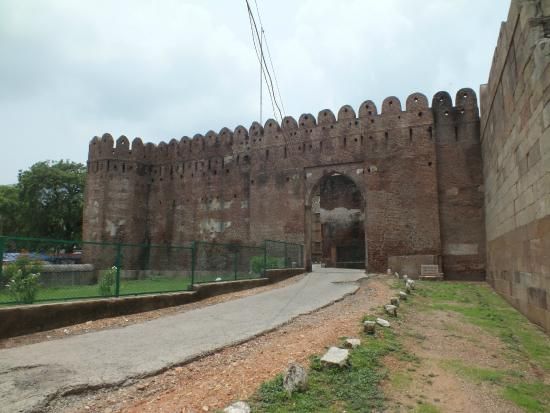
The Champaner Fort served as the royal citadel of Sultan Mahmud Begada and is surrounded by massive walls, bastions, and gateways. The fort also contains remnants of the Sultan’s Palace and the scenic Vada Talav (lake). Its strategic location offers stunning views of the surrounding landscape.
Jambughoda Wildlife Sanctuary
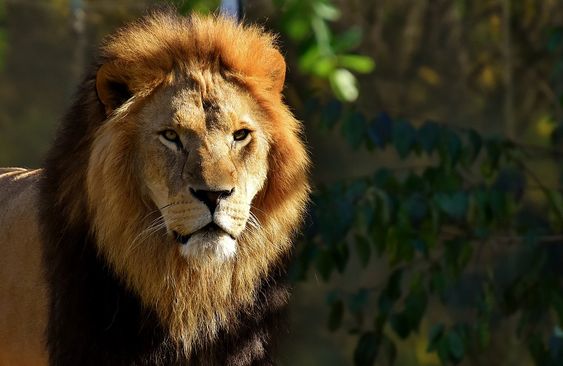
Located near Champaner, the Jambughoda Wildlife Sanctuary is a haven for nature lovers and wildlife enthusiasts. The sanctuary is home to diverse wildlife, including leopards, sloth bears, and various bird species, and is set amidst beautiful teak and bamboo forests.
Hathni Mata Waterfall

The Hathni Mata Waterfall, located near Champaner, is a 100-meter tall waterfall that is especially popular during the monsoon season. Its serene and picturesque beauty makes it a favorite spot for nature lovers and photographers.
Best Time To Visit Champaner
The best time to visit Champaner is during the winter months, from October to February. During this period, the weather is cool and pleasant, making it ideal for sightseeing and exploring the historical and cultural attractions in the region. Monsoon season (from June to September) brings heavy rainfall, which can make travel and outdoor activities less enjoyable. Summer (from March to June) can be extremely hot, with temperatures exceeding 40°C, making it uncomfortable for outdoor sightseeing. Therefore, it’s best to plan your visit either in the cooler months after the monsoon or during winter for the most enjoyable experience.
